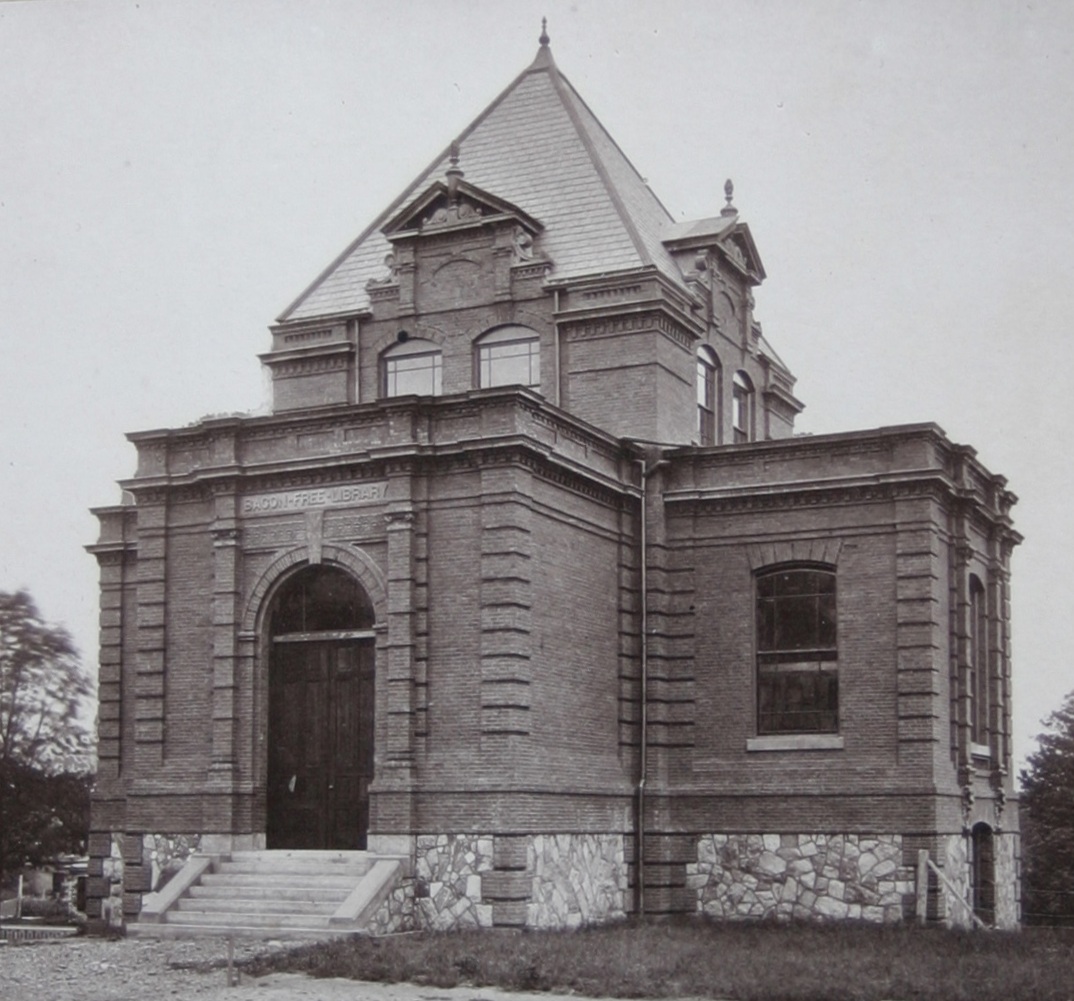Our History
The Natick Historical Society was founded in 1870 as "The Historical, Natural History and Library Society of South Natick." Among the founders were William Edwards (a clothier and amateur collector of natural specimens) and Horatio Alger, Sr. (minister at The Eliot Church and a scholar of culture and genealogy).
The Society’s founders merged their interests in science and history to create a "cabinet of curiosity" housed in the rooms above William Edwards' store in South Natick. They also launched a popular lecture series. The first speaker for the Society was Prof. Calvin E. Stowe, D.D., husband of Harriet Beecher Stowe.
This promising start was interrupted by a devastating fire in 1872 that wiped out several blocks in South Natick, including the Society's collections. Starting in the Merchant's Block, the Society enlarged its collections, especially the natural history specimens from a South American trip by member A.L. Babcock. Some of the birds he gave remain in the Society’s collections. The group was formally incorporated in 1873, with H.H. Hunnewell as president.
Oliver and Sarah Bacon, longtime residents of South Natick, willed part of their estate to the Trustees of the Bacon Free Library to fund the handsome brick building that has housed the Natick History Museum and the Bacon Free Library since 1881. The architect was Robert G. Shaw, who practiced briefly in Boston. The Bacon Free Library Building is part of the John Eliot Historic District and is listed on the Massachusetts and National Registers of Historic Places.
The land on which the Bacon Free Library building stands, overlooking the Quinobequin (now the Charles River), is part of a burial ground for Algonquian-speaking people who settled in Natick as part of the Christian mission, or “Praying Town,” beginning in 1651. The area was last used for burials in 1750. Some burial sites were destroyed during the construction of the building and again when the intersection of Eliot and Pleasant Streets was enlarged. The Natick Historical Society held some of the contents of these graves in its collections until the 1990s when they were repatriated according to the Native American Graves Protection and Repatriation Act (NAGPRA).


